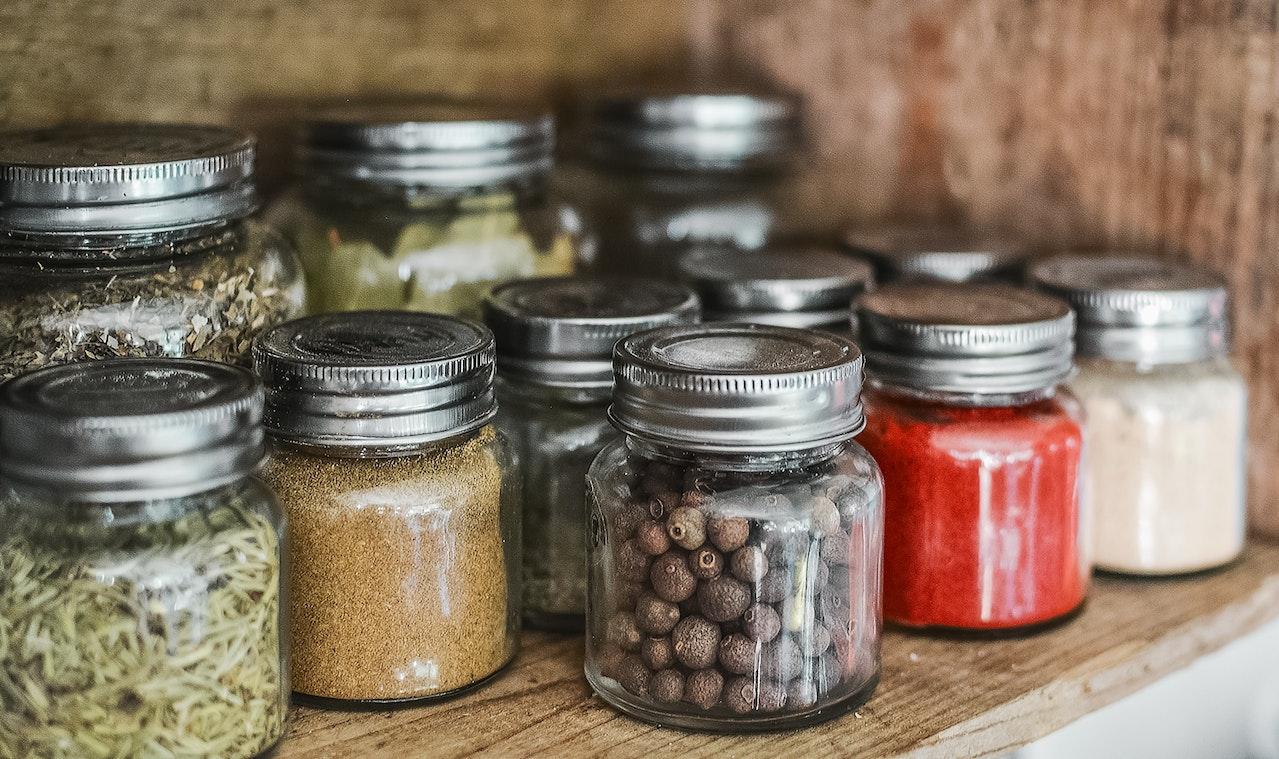Sustainable behaviour benefits the environment, but it can also help you save money on energy and produce less waste. Reducing your use of disposable goods, gas, water, and energy are simple methods to make your kitchen more environmentally friendly. Utilize this checklist to evaluate your cleaning and cooking practices and see how becoming green will ultimately cost you less.
If you’re just getting started with your sustainability initiatives, make a commitment to one fresh concept today. As you decrease your utility costs and minimise kitchen waste, set a challenge for yourself to become more environmentally conscious. Eight quick ways to get started are listed below.
1. Effective Appliances

Image Source: Pexels
The carbon footprint of your kitchen can be greatly reduced by switching from standard equipment to energy-efficient alternatives.
Choose stoves over induction cooktops and convection ovens over regular ones. Microwave ovens can also be used to make a variety of foods. The goal is to stop heat loss so that food cooks more quickly and evenly. Cook in airtight containers or with a lid on at all times if you don’t have expensive kitchen equipment.
In keeping with this idea, select refrigerators with top or bottom freezers since these allow for less cold air loss.
2. Use Biodegradable Items

How you manage the garbage is one thing you should consider when it comes to sustainability. Waste management is an even more crucial issue to address in the context of a sustainable kitchen.
By employing biodegradable goods in the kitchen, you may take a more sensible approach to manage your trash there. You want the appliances, cutlery, and other kitchenware to last for a long time. At the same time, you want them to disintegrate when the time comes so that you don’t produce waste that accumulates there for a long period. Using biodegradable products will ensure that you don’t contribute to the filling of landfills with rubbish that won’t even begin to degrade for many, many years.
Image Source: Pexels
3. Attempt to reduce packaging

Image Source: Pexels
Adopt spending patterns that reduce waste and save money when you shop. Choosing large quantities of cereal, pasta, and seasonings, then decanting them into reusable containers at home, will help you cut down on the number of packages you purchase over time.
If you plan to purchase things like dried grains in bulk, bring your own, store-approved containers. Fruits and vegetables should be placed in cotton mesh bags, and produce that is shrink-wrapped or contained in plastic should be avoided. In addition to having disposable packaging, precut vegetables might be pricey and have a lower nutritional value.
4. Reusable bags

Image Source: Pexels
Carrying your own bags to the store is a simple yet effective approach to practise sustainability. Choose reusable jute or canvas bags. Keep these with you at all times by keeping them in your car or bicycle.
But keep in mind to wash them frequently to avoid bacterial or fungal growth.
5. Buy tools made of stainless steel

Your kitchen’s construction materials could benefit from some sustainability.
Of course, there is no need to make adjustments if your kitchen is already functional and in excellent shape. But if you’re planning a kitchen renovation, think about spending money on stainless steel tools.
Most stainless steel components are recyclable, which lowers your carbon impact. It also has a variety of aesthetic uses despite having a modern appearance.
6. Wash dishes efficiently

Image Source: Pexels
In order to save money and have a minimal impact on the environment, a dishwasher that uses less electricity is optimal when handwashing is done carefully. Scrape plates, soak and scrub them in sudsy hot water, then dip them in clean, cool water while cleaning dishes in the sink. Run a full load of dishes in the dishwasher at off-peak hours (such as before bed) and omit the hot dry setting
7. Change lighting
You can also replace your incandescent lights with LED versions. They cost less, use less energy, and have a long lifespan. Utilize daylight as much as possible during the day.
8. Utilize washable kitchen towels

Image Source: Pexels
Paper towels can definitely be replaced with reusable kitchen towels. They may be washed and reused frequently, and it will be a while before they stop working altogether.
Even new kitchen towels are not necessary. Instead of using paper towels, you can make kitchen towels from old towels by cutting them into smaller squares.










